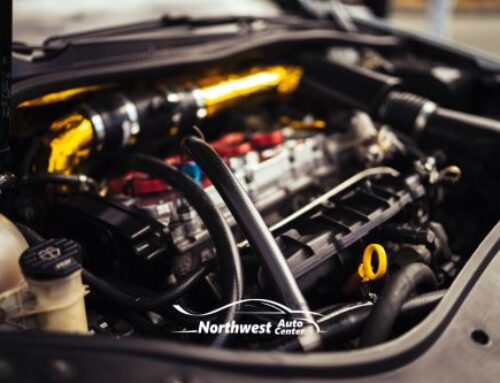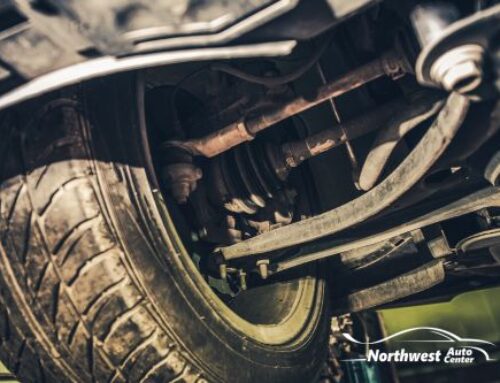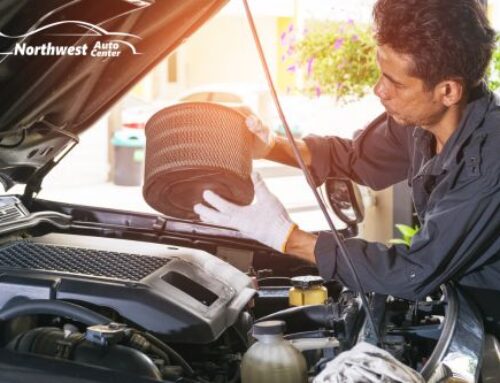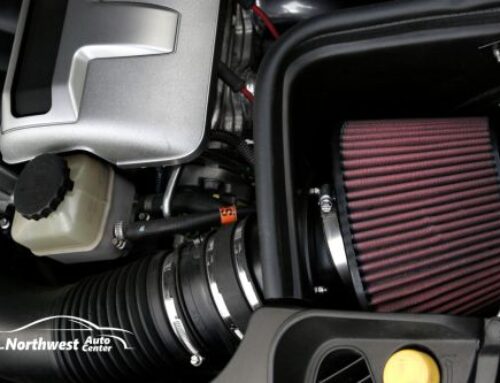Engine coolant is a crucial component of your vehicle’s operation, yet it often doesn’t get the attention it deserves. And considering it keeps your vehicle running at the proper temperatures (a hard job in Texas), it should get more! Let’s delve into the importance of engine coolant and offers valuable tips for maintaining it, ensuring your vehicle remains in peak condition.

What is Engine Coolant?
Engine coolant, also known as antifreeze, is a liquid mixture typically composed of water and ethylene glycol. This blend helps to regulate your engine’s temperature by transferring heat away from the engine block to the radiator, where it is dissipated. In addition to its cooling properties, engine coolant also prevents the engine from freezing in cold temperatures, hence the name “antifreeze.”
Why Engine Coolant is Important
Temperature Regulation
The primary function of engine coolant is to regulate the engine’s temperature. Without proper temperature control, an engine can overheat, leading to severe damage and potentially catastrophic engine failure. Overheating can cause components to warp, crack, or seize, resulting in expensive repairs or the need for a complete engine replacement.
Corrosion Prevention
Engine coolant contains additives that prevent rust and corrosion within the engine and cooling system. These additives form a protective layer on the metal surfaces inside the engine, reducing the risk of rust and extending the lifespan of engine components. Over time, these additives can degrade, so it’s important to stay on top of replacing your car’s coolant.
Lubrication of Moving Parts
Engine coolant also provides lubrication for certain moving parts within the engine. Proper lubrication is essential for reducing friction and wear, ensuring these parts function efficiently and last longer. Without adequate lubrication, these components can fail prematurely, leading to costly repairs.
Boiling and Freezing Protection
Engine coolant raises the boiling point and lowers the freezing point of the fluid in the cooling system (the first being ESSENTIAL for Texas drivers). This dual protection ensures that the engine operates efficiently across a wide range of temperatures. In extreme heat, the coolant prevents boiling and subsequent overheating. In freezing conditions, it prevents the coolant from solidifying, which could otherwise cause severe engine damage.
Tips for Proper Engine Coolant Maintenance
Regularly Check Coolant Levels
One of the simplest yet most important aspects of engine coolant maintenance is regularly checking the coolant level. Low coolant levels can lead to overheating and engine damage. Make it a habit to inspect the coolant reservoir every few weeks and before long trips. Ensure the coolant level is between the minimum and maximum markers on the reservoir.
Inspect for Leaks
Coolant leaks can lead to significant engine problems if not addressed promptly. Regularly inspect the area under your vehicle for signs of coolant leaks, which typically appear as brightly colored (often green, orange, or pink) puddles and sometimes have a sweet smell. If you notice any leaks, have your vehicle inspected by a professional to identify and fix the source of the problem.
Monitor Coolant Quality
Engine coolant degrades over time and can become contaminated with debris, rust, and other impurities. Periodically inspect the coolant’s color and consistency. Clean coolant is typically bright and clear. If the coolant appears dirty, rusty, or has particles floating in it, it’s time to replace it.
Follow Manufacturer’s Recommendations
Always follow your vehicle manufacturer’s recommendations regarding the type of coolant to use and the replacement interval. Using the wrong type of coolant or neglecting the recommended maintenance schedule can lead to reduced cooling efficiency and potential engine damage. Refer to your owner’s manual or consult a professional mechanic for guidance.
Flush the Cooling System
Regularly flushing the cooling system is an essential part of engine coolant maintenance. This process involves draining the old coolant, cleaning the system, and refilling it with fresh coolant. Flushing removes built-up contaminants and ensures the cooling system operates efficiently. Many manufacturers recommend flushing the cooling system every 30,000 miles or every two to three years, but this can vary depending on the vehicle, driving conditions and manufacturer.
Use a Coolant Mixture
Ensure you’re using the correct coolant mixture, typically a 50/50 blend of antifreeze and distilled water. This ratio provides optimal boiling and freezing protection while maintaining the necessary chemical balance to prevent corrosion and provide lubrication. Some premixed coolants are available, offering convenience and eliminating the need for manual mixing.
Maintain the Radiator
The radiator is a crucial component of the cooling system, and its maintenance is essential for the efficient operation of engine coolant. Regularly inspect the radiator for damage, debris, and blockages. Additionally, check the radiator cap for wear and replace it if necessary, as a faulty cap can lead to pressure issues and coolant loss.
Keeping Your Vehicle Happy and Cool
Understanding the importance of engine coolant and adhering to proper maintenance practices are vital for keeping your vehicle running smoothly and preventing costly repairs. Regularly checking coolant levels, inspecting for leaks, monitoring coolant quality, following manufacturer recommendations and maintaining the radiator help ensure your vehicle’s engine stays cool in the Texas Summer.






Leave A Comment
You must be logged in to post a comment.